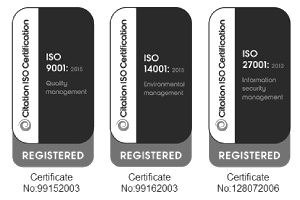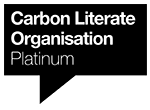The Local Authority Role in the Electric Vehicle Agenda
Recent research by Deloitte has predicted that electric vehicles will achieve cost parity with conventional vehicles as early as 2021 in the UK. Deloitte expects the global adoption of EVs to accelerate greatly in the coming years, with as many as 21 million being sold each year by 2030. This huge surge in demand is expected to be driven by both growing consumer demand for greener vehicles and government policies driving their adoption.
Deloitte’s automotive partner Michael Woodward expects electric vehicles in the UK to be as cheap to own as petrol and diesel vehicles as early as 2021. He said, “from this point [2021], cost will no longer be a barrier to purchase, and owning an EV will become a realistic, viable option for new buyers.”
The pace with which the technology is developing highlights the speed at which local authorities need to engage with this agenda and be in a position to provide effective infrastructure in the near future.
APSE Energy recently attended an event hosted by the Low Carbon Vehicle Partnership (LowCVP), which focused on providing guidance to local authority representatives regarding taxi and private hire fleets become cleaner and greener. The event outlined the range of low emission taxi technologies and fuels, as well as guidance on the provision of electric vehicle charging infrastructure.
Taxi operators are facing increasing pressure to ensure that their vehicles align with mandatory vehicle emission standards. The LowCVP have produced a Low Emission Taxi Guide for local authorities, in partnership with the Energy Saving Trust, which outlines a range of fuel and technology options a taxi operator can choose to switch to a cleaner fleet by reducing NOx, PM and GHG emissions.
Local authorities have a clear role to play in the acceleration of taxi and private hire fleets becoming greener. Local authorities themselves are required to reduce road transport emissions in order to achieve compliance with legal air quality standards. Councils are also often in charge of policy decisions such as taxi licenses, clean air zones, parking permits and on-street infrastructure, which all relate to the EV agenda.
Recent figures from the United States show that all year groups from 16-year-olds to 19-year-olds have reducing levels of licensed drives with the 17-year-old age group dropping from 64% to 47%. It is trends such as these (if replicated in the UK) and the focus on air quality, which will force councils to concentrate their minds on the quality of their own fleet, as well as public transport which itself must be clean, green and sustainable.
Should local authorities be providing charging infrastructure when they were never involved in supplying petrol? On the basis that they want to ensure their own fleet are not adding to air quality problems and they want to prompt other drivers to reduce their emissions, then the answer is a definite ‘yes’. If they can generate electricity themselves, even better.
Therefore it is important for local authorities to stay up to date with new developments and predictions with regards to EVs in order to effectively prepare for the surge in uptake, meet clean air targets and make the most of the opportunities available.

.png)



.png)